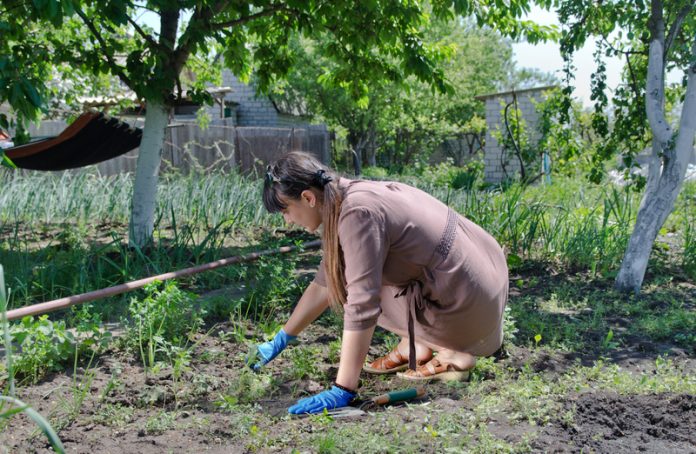Self-sufficient living doesn’t have to mean moving to a cabin in the woods and going back to basics. These tips will help you explore ways to produce your own food, use less energy, live healthier and save money, no matter where you live
You are most likely aware of the increases in the price of electricity, water, and other utilities, along with growing concerns for our environment and the effects of global warming. In response to these issues, more and more people are pursuing the idea of living in a self-sufficient home.
What is a self-sufficient home?
Self-sufficient homes supply all their own energy, water, sewer needs, and food – they are the ultimate in green living dwellings! A self-sufficient home is also built from recycled or renewable products that are locally sourced. You can either start a self-sufficient home from scratch, or you can adopt changes to make your current home more self-sufficient.
Benefits of having a self-sufficient home
Having a self-sufficient home has a number of benefits which includes:
- Lower carbon footprint – It’s important that we take steps now to reduce our negative impact and help to sustain the environment for our future generations.
- Reduced energy costs – Rising electricity prices mean that average energy bills have soared over the past 10 years. Self-sufficient homes use solar power which costs far less than electricity from the grid. It also means that you will never be exposed to energy price rises again.
- Bill-free lifestyle – Once your systems are in place and paid for, you will essentially have access to free electricity and water supply. This means that you should be able to live a bill-free lifestyle which creates financial freedom for you and your family.
- Higher property value – Buyers are increasingly seeing the benefits that self-sufficient homes offer, from lower running costs to a more sustainable way of living. Green homes now attract a much higher property value than their non-green counterparts.
Ways to create a self-sufficient home
Here are three things you should consider if you’re looking for ways to improve your home to be more self-sufficient.
Water management
Securing an independent water supply can be difficult. Drilling a well is one of the more obvious choices, but this is not always an option. Another idea is to collect rainwater and use it as a clean, renewable resource. The water can be pumped through a filtration system and then used safely for showering, cleaning, and laundry. Or, you can simply collect rainwater in water storage tanks and then use it directly in the garden. Tanks For Everything, explain how “there are many benefits to storing rainwater, the main one being the saving made on metered water costs which can see up to 50% savings. Other key benefits to harvesting rainwater include contributing to reduced flood risks and lowering the load on combined sewer overflows improving river water quality.”
Alternative electricity
The next step to creating a self-sufficient home is to switch to renewable energy, such as solar power. Although the initial installation may seem costly, it is much more efficient, and is likely to save you money in the long run. Solar power experts Mypower state that “with solar PV you are effectively able to forward buy your electricity at around 5 pence per unit. This cost compares with a rate of 11 to 15 pence per unit from the grid – a significantly higher cost.” Solar is a clean, maintenance-free, energy source that will provide your home with electricity that has absolutely no harm on the environment. You also have the potential to earn an extra income with solar via the Feed-in Tariff. This is a government scheme where households with solar panels receive a payment for any electricity they generate and don’t use. This payment is set for the next 20 years and so now is a great time to take advantage of this incentive and earn an extra income from solar!
Food
Growing your own organic fruit and vegetables is a major step towards achieving a self-sufficient home. Although this will require effort and dedication, it is definitely worth it. Not only will this reduce your carbon footprint, but it will also save you money on groceries, and provide a healthier alternative for you and your family. If you don’t have enough room in your garden to grow all your needs, then start small and choose a few of your favourite herbs or vegetables to grow. You could also look into renting a plot on a nearby allotment.
Final thought
Environmental concerns, along with increases in the price of electricity, water, and other utilities, have created a recent surge of interest in self-sufficient living. Making your home more self-sufficient will save you money and is the ultimate way to minimise your environmental impact. All it takes is some dedication, and the result with lead to a cost-efficient and healthier home.












Nice Post! Thanks for sharing!